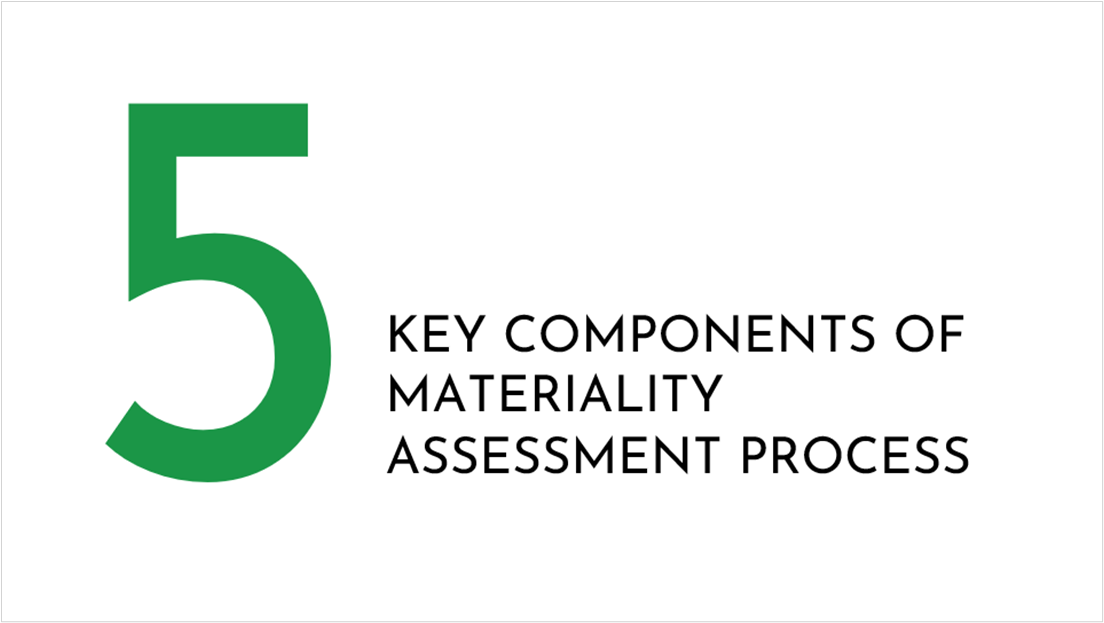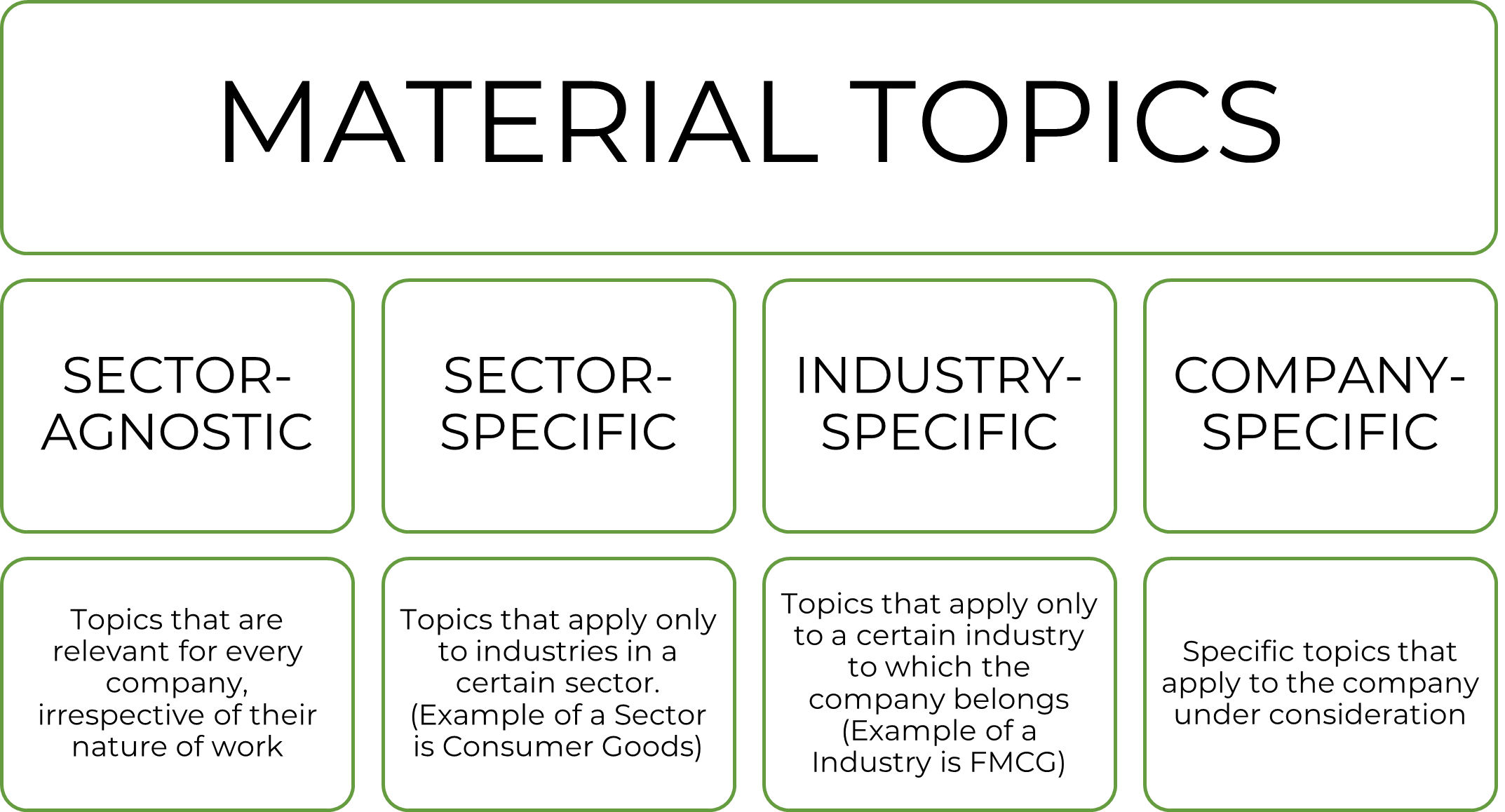
Materiality assessments exercises are finding a mention consistently across every corporate sustainability report or ESG report today. At the same time, we have organizations that do not yet see why these exercises are significant to consider. To put it simply, materiality assessment is to sustainability initiatives what a strong foundation is to a building. Without either, it is a matter of time before things come down crashing.
Having said that, we believe the materiality assessment exercises will deliver the desired results only if it is done right. Materiality assessment is an iterative process that helps organizations to identify environmental, social and governance issues that could affect their business as well as its stakeholders. The outcome of materiality assessment is the finalized list of material topics that will help companies align their business strategy and set targets to improve their business and sustainability performance. The success of a materiality assessment process is decided based on how well the company achieves its established goals, which is completely dependent on the sequential implementation of its key components.

Stakeholder Identification
Stakeholders are crucial in the materiality assessment process to identify material topics that matter most to them. In the materiality assessment process, a stakeholder could be an individual or group whose interest is affected or might be affected by the organization’s activities. To identify the right stakeholders, an organization is required to follow certain steps.
The below illustration provides a list of stakeholders, both internal and external stakeholders, who could potentially be affected by an enterprise.
To ensure consistency and reliability of materiality assessment process, it is required that you identify and consider those individuals or groups of stakeholders who do not have a direct relationship with the organization and are limited by the access to channels to express their viewpoints.
Stakeholder Engagement
The stakeholders are engaged multiple times during the whole materiality assessment process.
Therefore, the type of stakeholders involved and their expertise, the engagement method and their roles and responsibilities decide the effectiveness of materiality assessment process. There are multiple methods to engage stakeholders at each step and the organization is required to use appropriate methods. Some of the examples of engagement are interviews, discussions, townhalls, surveys, workshops, campaigns etc. The primary objective of an engagement method is to ensure that it removes the language barrier, cultural differences, gender, and power imbalances for its effective engagement.
Material Topics
The following questions provide a necessary starting point to identify material topics.
- Why is it material?
- Where does it occur in the value chain?
- Is it a risk?
- What type of risk is it?
The organization is required to follow the principle of granularity to identify material topics. The granularity principle ensures that the material topics you identify are consistently at the same level i.e., they are either only board or narrow in nature.
In addition to it, an organization is required to identify and differentiate material topics as sector-agnostic, sector-specific, industry-specific, and company-specific. Such level of classification can help the organization to finalize material topics based on their relevance and importance.

Impact Analysis
For each material topic identified, a thorough analysis to understand both its relevance and priority for the business needs to be executed. Enterprises typically use impact measurement metrics to finalize material topics. Further, the prioritization typically evolves during the various stakeholder consultation exercises and is further finalized by a team of decision-makers within the enterprise. This team assesses the level of impact each of the identified topics has on the E, S and G dimensions.
The below parameters are used to determine the level of impact.
Materiality Map
The materiality mapping exercise helps organizations to assess the potential and relative magnitude of impact of a material issue. The finalized material topics can be represented visually in the form of a materiality map. In its simplest and most popular form, the map is generated by plotting its impact on the business on horizontal axis and importance to the stakeholders on vertical axis. An organization is required to create a materiality map with the final list of material topics and share it with the leadership team. The position of the materiality topics on the materiality map guides the leadership team to take actions and align their business strategy accordingly.
The success of materiality assessment process is dependent on these five key components. Companies are required to ensure that they understand and implement them in a right way. The significance of this exercise is obvious from the fact that the materiality mapping exercise and its outcome shapes the direction for the CSO’s sustainability agenda.
